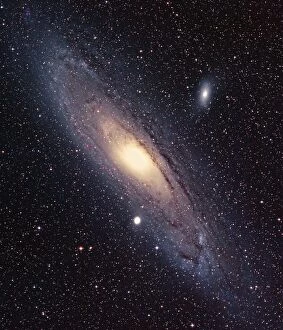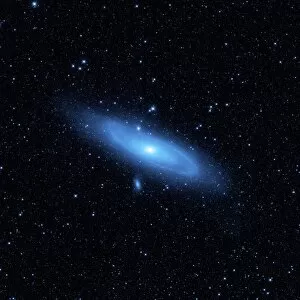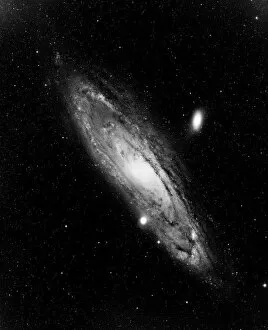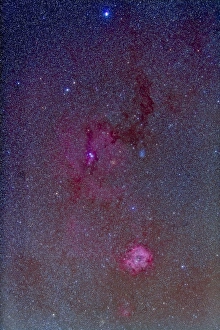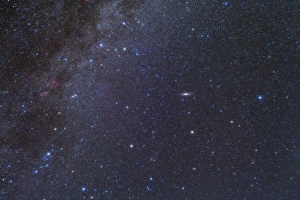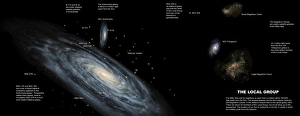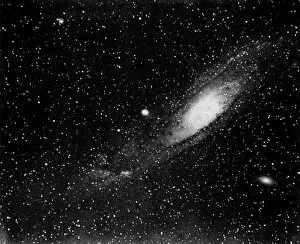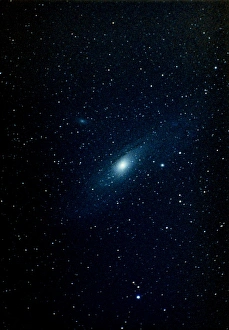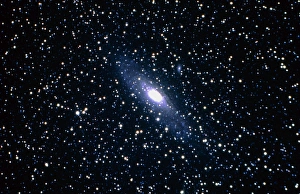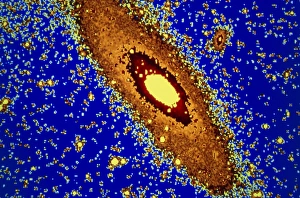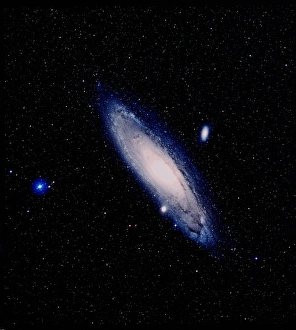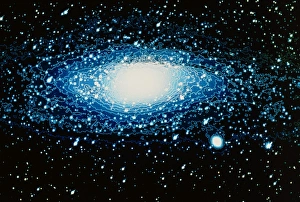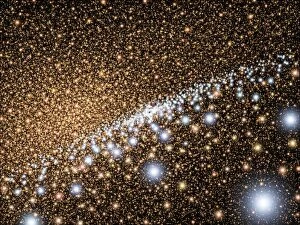Ngc 224 Collection
NGC 224, also known as the Andromeda Galaxy, is a celestial marvel that has captivated astronomers and stargazers alike
All Professionally Made to Order for Quick Shipping
NGC 224, also known as the Andromeda Galaxy, is a celestial marvel that has captivated astronomers and stargazers alike. This spiral galaxy, located approximately 537 million light-years away from our Milky Way, holds numerous secrets waiting to be unraveled. One of the most intriguing aspects is its predicted collision with our very own Milky Way. Scientists estimate that in about 4 billion years, these two galactic giants will merge together in a cosmic dance of epic proportions. The anticipation for this event grows as we envision what it might look like when these colossal structures collide. In stunning optical photos and its satellites, we can observe the older stellar population shining brightly in blue hues. These stars have witnessed countless cosmic events throughout their existence and hold valuable information about the history of our universe. When comparing NGC 224 to other galaxies shown to scale, its sheer size becomes apparent. It dwarfs many neighboring galaxies and stands out among them with its grandeur and majesty. But NGC 224's beauty doesn't end there; it shares the stage with other celestial wonders such as the Triangulum Galaxy and various star clusters. Together they create a mesmerizing spectacle that leaves us awestruck by the vastness of space. As we delve deeper into the cosmos surrounding NGC 224, we encounter breathtaking sights like the Rosette Nebula with its intricate nebulosity complex in Monoceros constellation. These ethereal formations remind us of nature's artistry on an astronomical scale. NGC 3628, an unbarred spiral galaxy residing in Leo constellation alongside Andromeda Galaxy further adds to this galactic tapestry by showcasing yet another captivating structure within our cosmic neighborhood. Messier 31 or simply "The Andromeda Galaxy" continues to enchant us with its enigmatic allure year after year.

